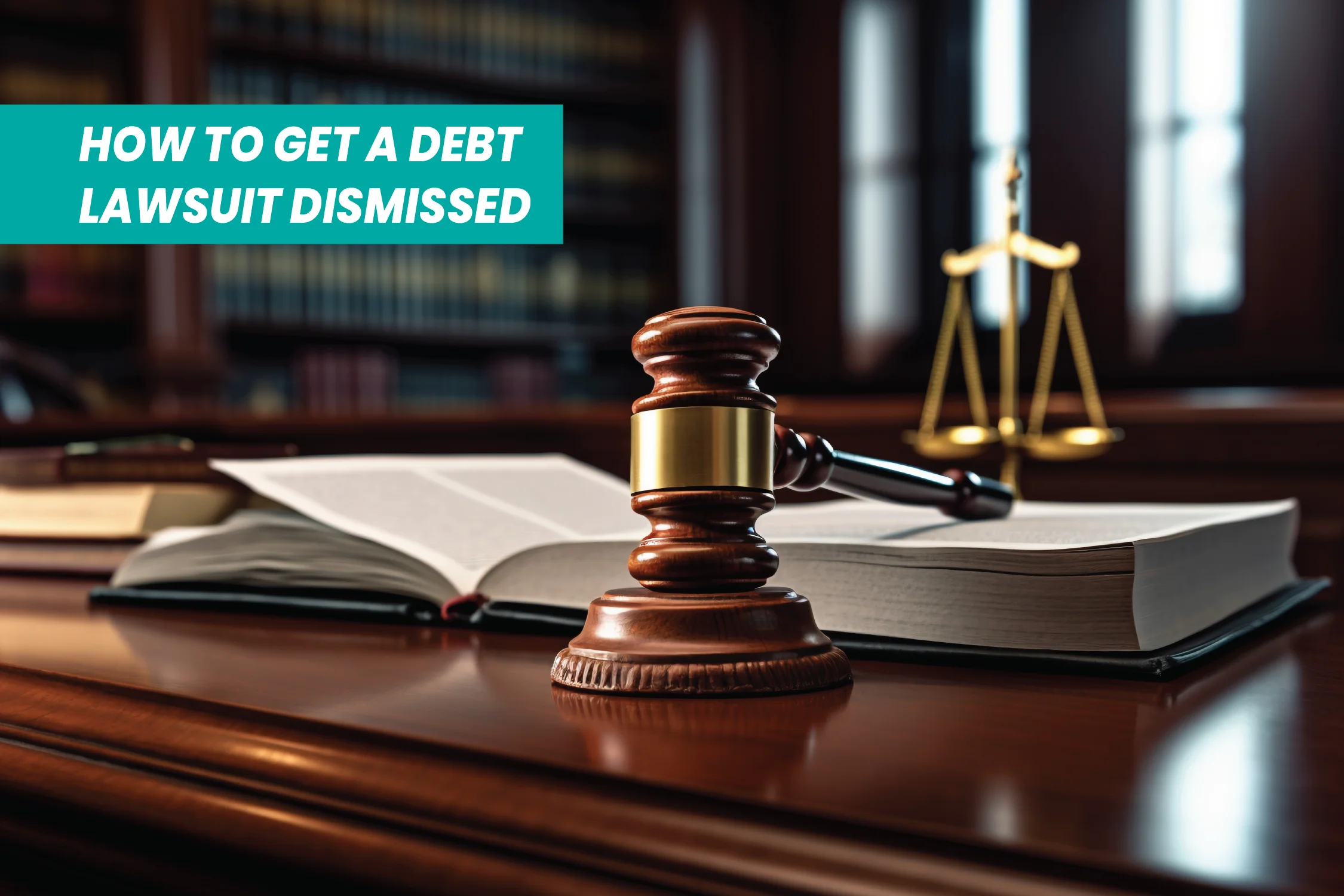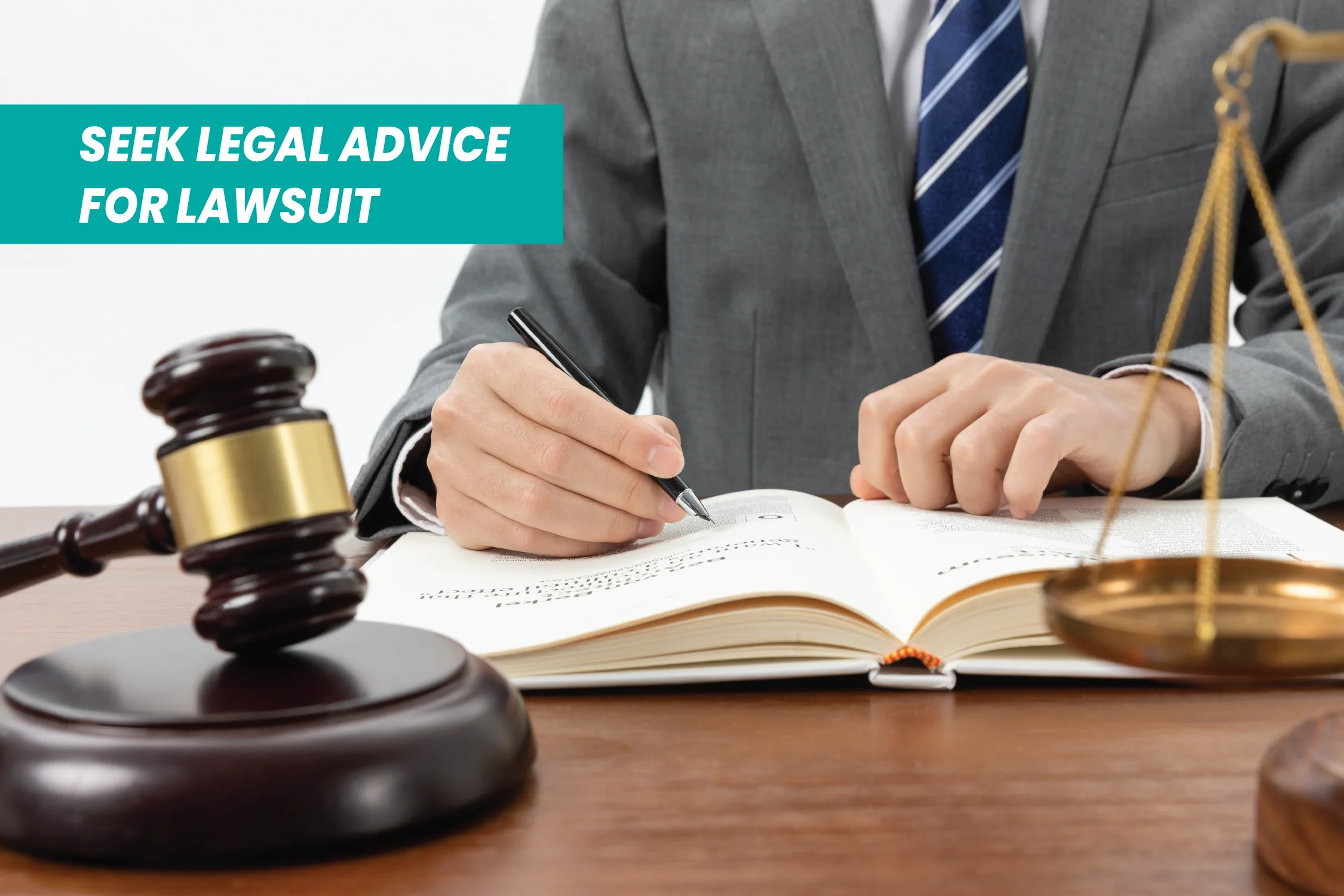How to Get a Debt Lawsuit Dismissed: A Simple Guide

Table of Contents
Types of Debt Lawsuits:
Understanding the Situation:
1. Responding to the Lawsuit:
Responding to a debt lawsuit within the allotted time limit is the first step towards having the case dismissed. If you don’t reply, the court may automatically find in favor of the creditor and file a default judgment against you.
Tip: Make sure to read the lawsuit carefully and understand the allegations against you.
2. Seek Legal Advice:

3. Challenge the Creditor's Claims:
To potentially have a debt action dropped, one might contest the assertions made by the creditor. This might entail arguing that the statute of limitations has passed, contesting the debt’s magnitude, or raising concerns about the creditor’s authority to collect the obligation.
Tip: Keep detailed records of any payments you’ve made and any communications with the creditor.
4. Negotiate a Settlement:
In certain situations, reaching a settlement with the creditor might be a way to stop more legal action. This might entail accepting a payback schedule or providing a one-time payment in return for the lawsuit being dropped.
Tip: Consider consulting with a debt settlement attorney to help negotiate a favorable settlement.
5. File a Motion to Dismiss:
6. Attend Court Hearings:
Attending all of the planned sessions is crucial if the lawsuit goes to trial. This gives you the opportunity to argue your case before the court and address any points raised by the creditor.
Tip: Dress appropriately and be respectful during court proceedings.
Conclusion:
Also Read Trending Article : Low Salary? How to get out of debt with a low income in 2024
Editorial Disclaimer:
Opinions expressed here are the author’s alone, not those of any bank, credit card issuer, airline or hotel chain, and have not been reviewed, approved or otherwise endorsed by any of these entities.


